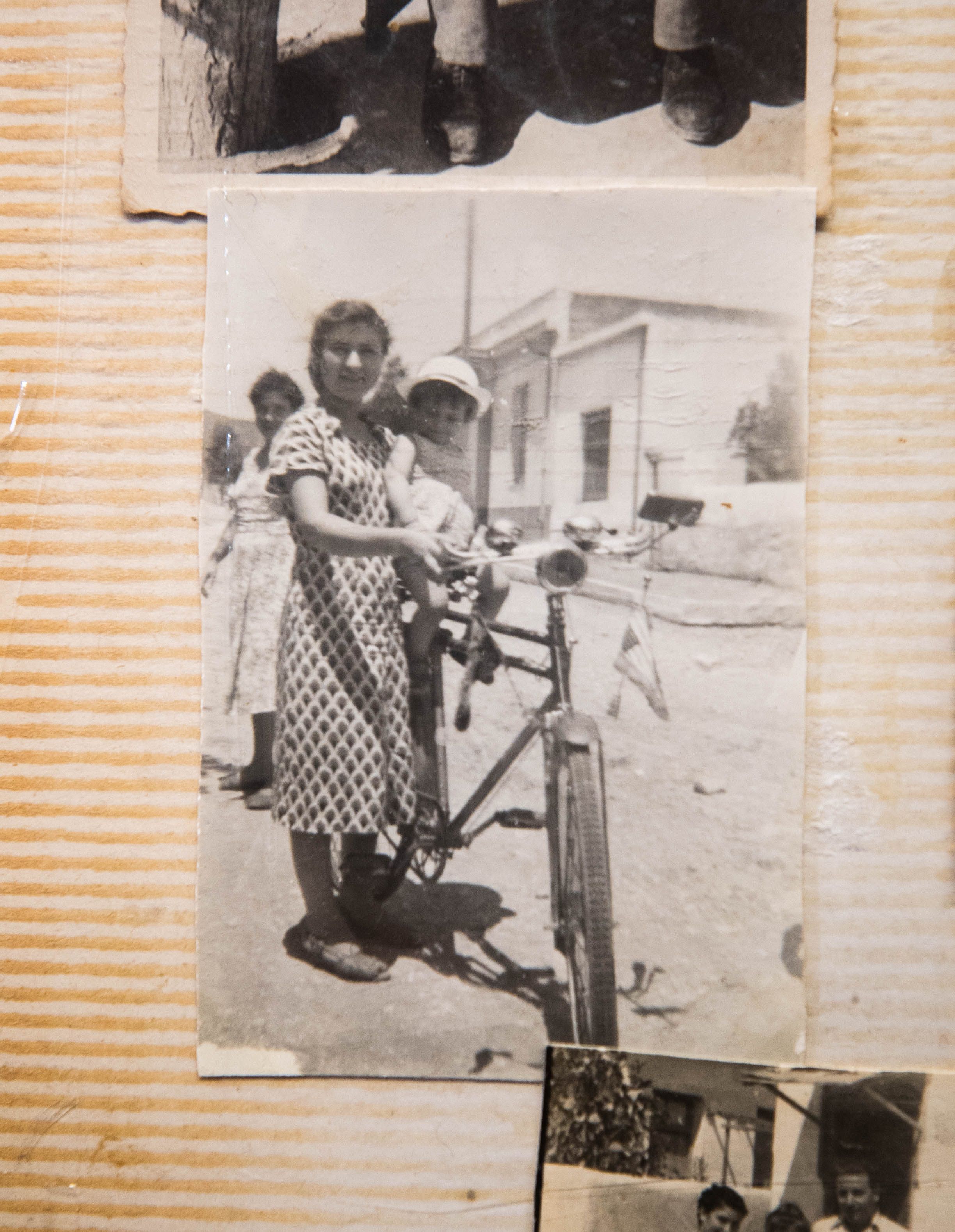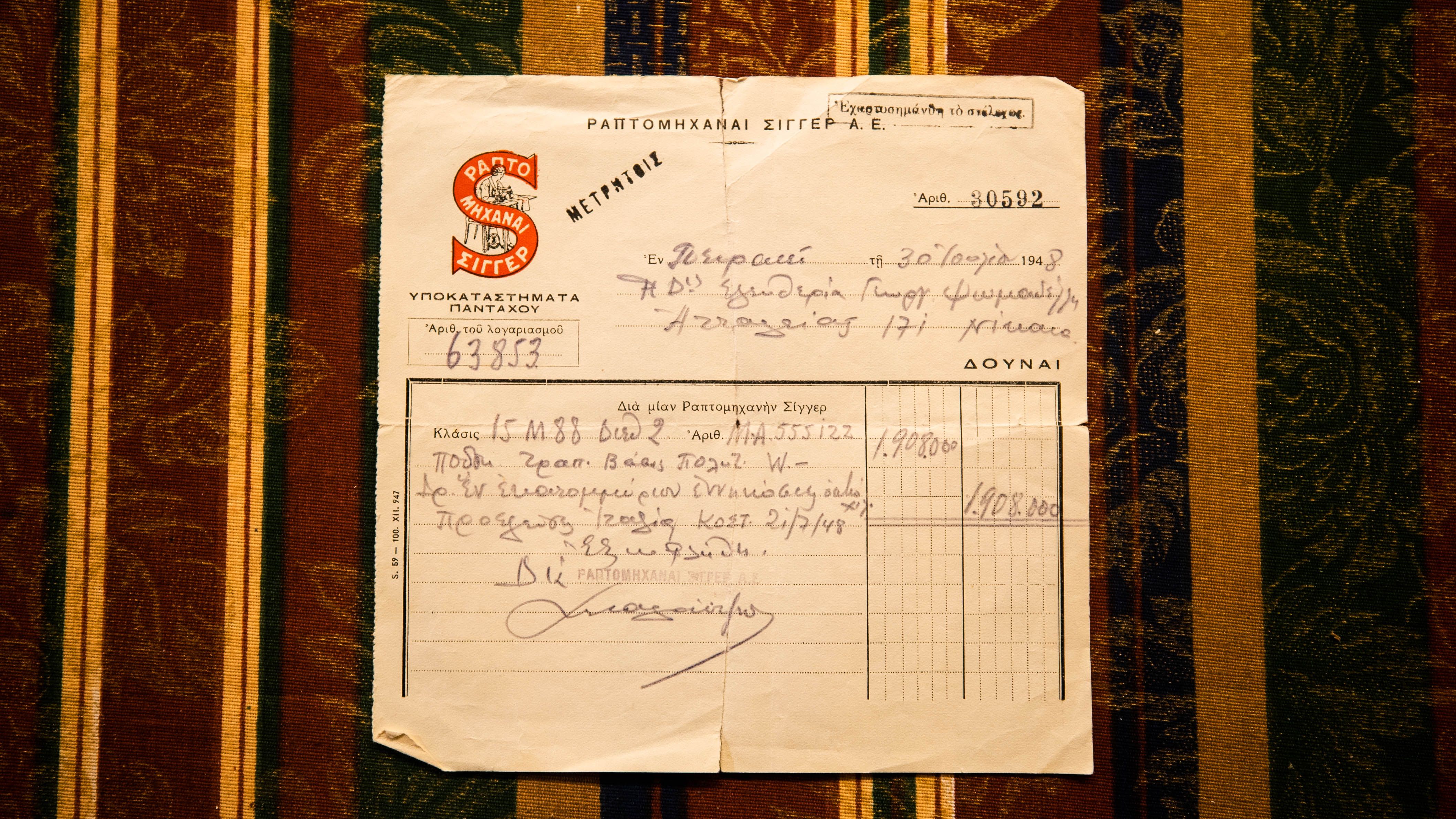House workers
However, by presenting the history of refugees as a history of exclusively industrial workers, we overlook other forms of labour, which may be more fragmented, precarious and diffuse through urban space, but were no less important both for the survival of the refugees and the transformations they brought about in the urban fabric. The invisible labour of seamstresses, live-in maids, and house workers inhabits the experiences of all the ‘foreign’ women who arrived in Greece throughout the past century. This aspect of refugee and urban history might be systematically neglected but is no less significant.
The work experiences of Eleftheria Psomadeli and her family are some of these invisible and overlooked labour stories that have nonetheless marked the past century.
Her parents, Giorgos and Marianthi Psomadelis, were born in Aivali (Ayvalık) at the beginning of the previous century. From there they went to Mytilene, where they lived for a year, and then moved to Nikaia. Her father worked as a shoemaker in Monastiraki and her grandmother kept a shop in Nikaia selling coffee and beer. It was called ‘I Agapi’ [Love]. Eleftheria learned the craft of tailoring from her aunt and started working as a seamstress when she was 14. According to the narrative of her daughter, Xenia, after a few years of work she managed to buy her own sewing machine:
‘The seamstresses of Nikaia are an integral part of the history of the refugee neighbourhood. It is no accident that Singer chose Nikaia to open its first store in Greece in 1948. The store still operates in its original location, at 60, March 7th 1944 Street.’
Eleftheria set up her tailor shop in the front room of the family’s refugee house.
‘When Eleftheria gave birth to her second child and shut down her tailor shop, her family gave her the adjoining shop, which sold coffee and beer and was called ‘I Agapi’. Eleftheria operated it as a kiosk also selling sewing supplies. A few years later, her husband’s bicycle shop was also housed in the same space. The refugee house would grow by one room with every wedding and birth, mimicking the biography of its residents. The last addition to the house was made vertically, but not by adding an extra floor as is common by today’s standards, but by digging out a basement, which also became a small shop’.
‘Eleftheria, a simple seamstress from the refugee settlement of Nikaia, was one of the few women in the neighbourhood who, through hard work, careful planning and dogged persistence, managed to earn her own pension, an accomplishment she took pride in both because of her class and because of her gender.’
Objects





